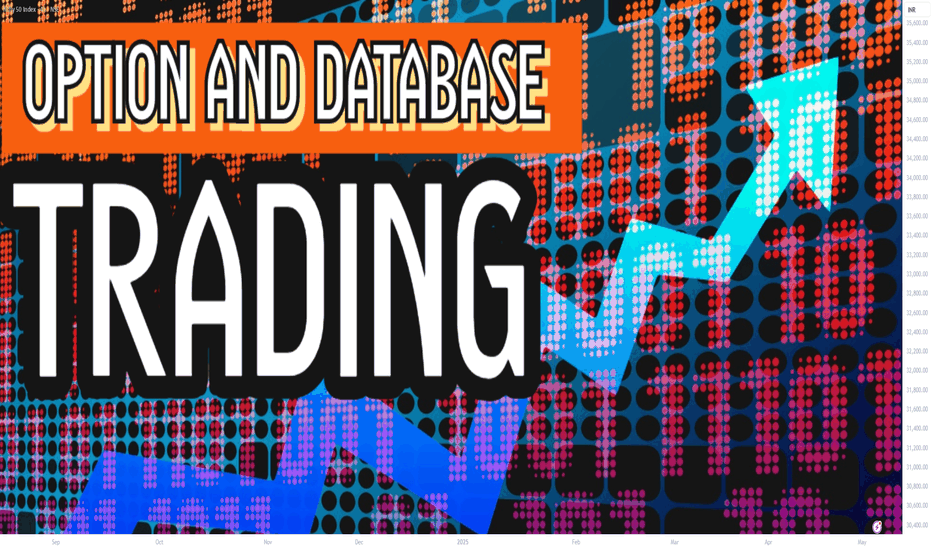Divergence Based TradingDivergence occurs when the stochastic oscillator's peaks or troughs disagree with the price. For instance, if the stochastic makes lower highs while the price is rising, it indicates a bearish divergence. Likewise, higher stochastic lows against lower price lows indicate a bullish divergence.
Community ideas
Support and Resistance'Support' and 'resistance' are terms for two respective levels on a price chart that appear to limit the market's range of movement. The support level is where the price regularly stops falling and bounces back up, while the resistance level is where the price normally stops rising and dips back down.
Technical TradingTechnical trading is a broader style that is not necessarily limited to trading. Generally, a technician uses historical patterns of trading data to predict what might happen to stocks in the future. This is the same method practiced by economists and meteorologists: looking to the past for insight into the future.
MACD (Moving Average Convergence/Divergence )The Moving Average Convergence/Divergence (MACD) is a technical analysis indicator used to analyze price trends and momentum. It's calculated by subtracting a longer-term exponential moving average (EMA) from a shorter-term EMA. The resulting MACD line, along with a signal line (an EMA of the MACD line) and a histogram (the difference between the MACD and signal lines), helps traders identify potential buy and sell signals, as well as changes in the strength and direction of a trend.
Option TradingOptions trading may seem overwhelming at first, but it’s easy to understand if you know a few key points. Investor portfolios are usually constructed with several asset classes. These may be stocks, bonds, exchange-traded funds (ETFs), and mutual funds. Options are another asset class, and when used correctly, they offer many advantages that trading stocks and ETFs alone cannot.
Institution Trading prt 5Institutional trading refers to the buying and selling of financial assets by large organizations, like financial institutions, on behalf of their clients or members. These institutions manage large pools of capital and can significantly impact market prices and trends due to their size and trading volume. Unlike retail traders, institutional traders often have access to a wider range of investment opportunities and strategies.
Candlesticks Pattern part 1Candlestick patterns are visual representations of price movements within a specific timeframe, used in technical analysis to identify potential future price movements. Each candlestick represents a period's opening, high, low, and closing prices, and their combinations form patterns that can signal trend changes or potential continuations.
Institution Trading part 4Institutional trading consists of the purchase and sale of financial assets by institutions through their traders. This definition of institutional trading applies to institutional equity trading, institutional stock trading, institutional options trading - any subcategory.
Institutional TradingInstitutional trade refers to the buying and selling of financial assets by large financial institutions, such as hedge funds, mutual funds, and pension funds. These institutions often manage significant amounts of capital and make trades on behalf of their clients or members. They typically engage in large-scale transactions and require specialized tools and services.
Advanced Trading part 2In business, "trade advance" or "trade credit" generally refers to a short-term, interest-free loan provided by a supplier to a business, allowing the buyer to defer payment for goods or services. It's essentially an arrangement where a supplier allows a buyer to purchase goods on credit, with payment due at a later date, typically within 30 to 90 days.
Institution Trading StrategiesThis strategy involves taking advantage of price discrepancies between two or more markets or instruments. For example, an institution may buy a stock on one exchange where it is undervalued and simultaneously sell it on another exchange where it is overvalued, profiting from the difference.
Support and Resistance part 2Support occurs at the point where a downtrend is expected to pause due to a concentration of demand. Resistance occurs at the point where an uptrend is expected to pause due to a concentration of supply. Support and resistance areas can be identified on charts using trendlines and moving averages.























